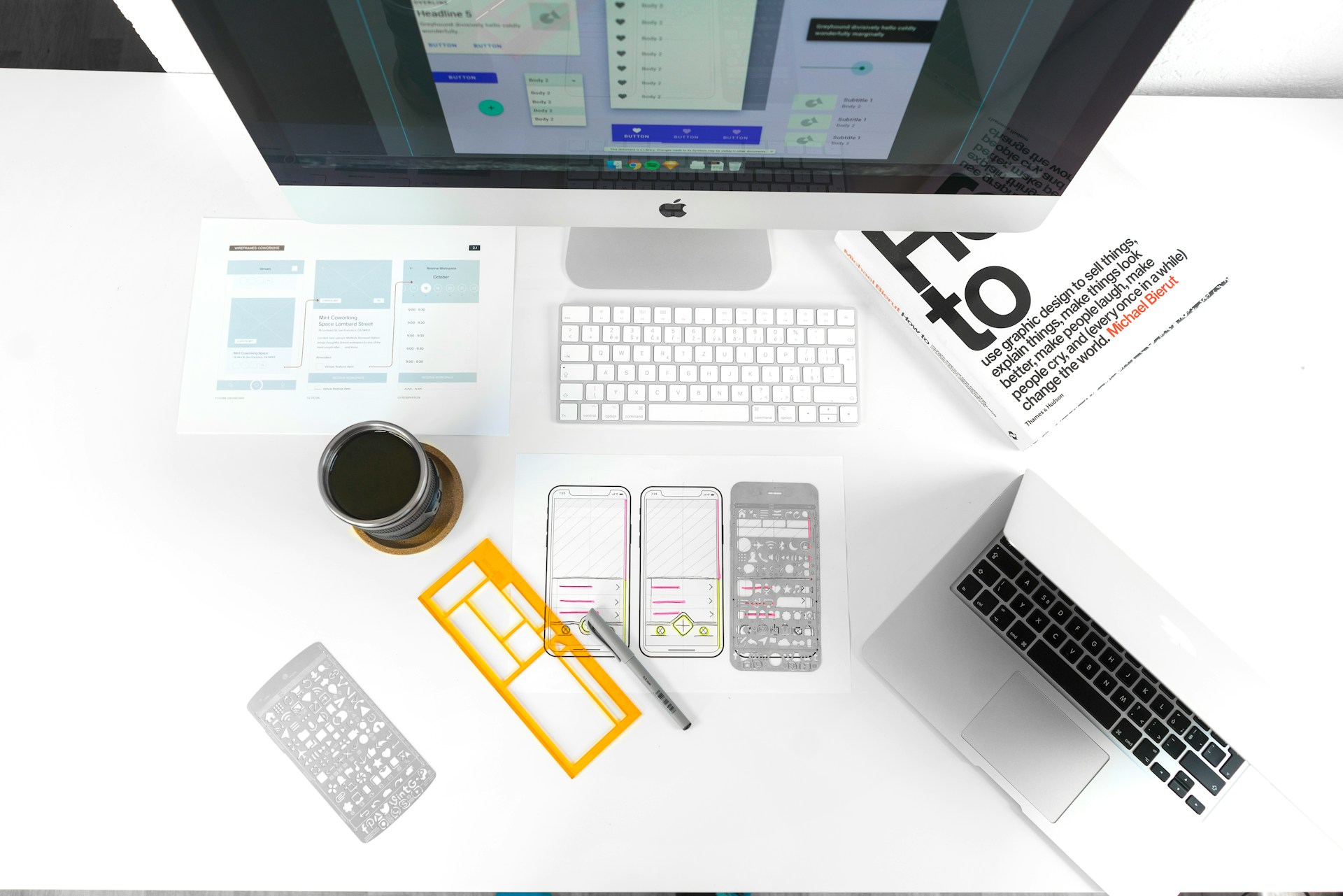
Successful, long-running websites part 2: The Design Brief
This article series covers the main factors that are important in a website’s creation and evolution, starting with the organisational fundamentals. It is written primarily with CIOs and CTOs of small to medium organisations in mind.
Clear definitions of your needs and wants are vital in the creation of a successful website. This is why all website projects should start with the development of a design brief. In this context, “design” refers not only to graphic design but also technical, information and UX design; in effect, the design brief describes the high-level project details from start to finish.

In short, the design brief is a master document outlining the goals, expectations, resources, responsibilities and deliverables for your website project. It can be developed in-house if you have design expertise, but it is usually developed in cooperation with a digital agency.
The design brief serves as a project blueprint and includes and balances the contributions of clients, designers and developers. Before you have a design brief, you often don’t have a clear enough definition of the project to create a tender or project plan for the main design and development work.
It may be developed together with the same agency that you intend to use for the rest of the work, or carried out as a separate contract. However, especially for medium-sized or smaller projects, it helps ensure continuity if you use the same agency for the entirety of the project.
Developing the design brief
The initial specification (described in the previous article) will be very useful when developing the design brief. The brief doesn’t have to follow a specific format, but the main sections to be defined follow below.
Overview
Describes the organisation/company mission, activities and existing brand guidelines along with available in-house human resources for the project. Provides a summary of the design and development work to be carried out, and the main objectives/results desired.
Target audiences and peer/competitor analysis
Lists the main user groups, their specific needs and personas, and describes how the website will satisfy these needs. Gives an overview of what services peer or competitor organisations offer your target audiences, and the services your organisation provides which complement or surpass those of other operators.
Project scope, roles and responsibilities
This section defines the main scope of the project, identifying design, management, content and development tasks. It’s highly recommended to create a Responsibility Assignment Matrix (RAM, also known as RACI) to identify roles and responsibilities and correct any gaps in these.
It’s also a good idea to specify any elements or tasks that are explicitly not part of the website project, even though they may be related to it.
When you are working with a design agency, it is critical to have one of your employees as in-house project liaison to ensure clear and effective communication between your organisation and the digital agency. This person should have the authority to approve most changes to the project’s scope or specification.
Deliverables and timeline
This section defines the top-level deliverables and milestones for the project, which will naturally vary with each project. Examples include:
- Graphic profile
- Layouts & custom elements
- UX & accessibility design
- CMS template development
- Content architecture
- Content production, curation and quality assurance
- Development of specific functionalities
- Social media integration
- Launch and promotion
Budget and human resources
The other sections of the design brief will provide the basis for calculating budget and resource needs. A digital agency can assist you in estimating the time and staff requirements of the project’s deliverables and administrative/management tasks, for both in-house and agency areas of responsibility.
It is important that the budget is:
- Realistic
- Contains a buffer for unknown/unexpected costs, typically at least 10%
- Takes into account maintenance, operation and evolutionary (continual improvement) costs
- Takes into account management and administrative workloads
Next steps
Following the development of the design brief, the next steps are to enter into a contract, develop the project plan, implement management/development tools, and preparing to start up the work. Read more about these steps in the next article.